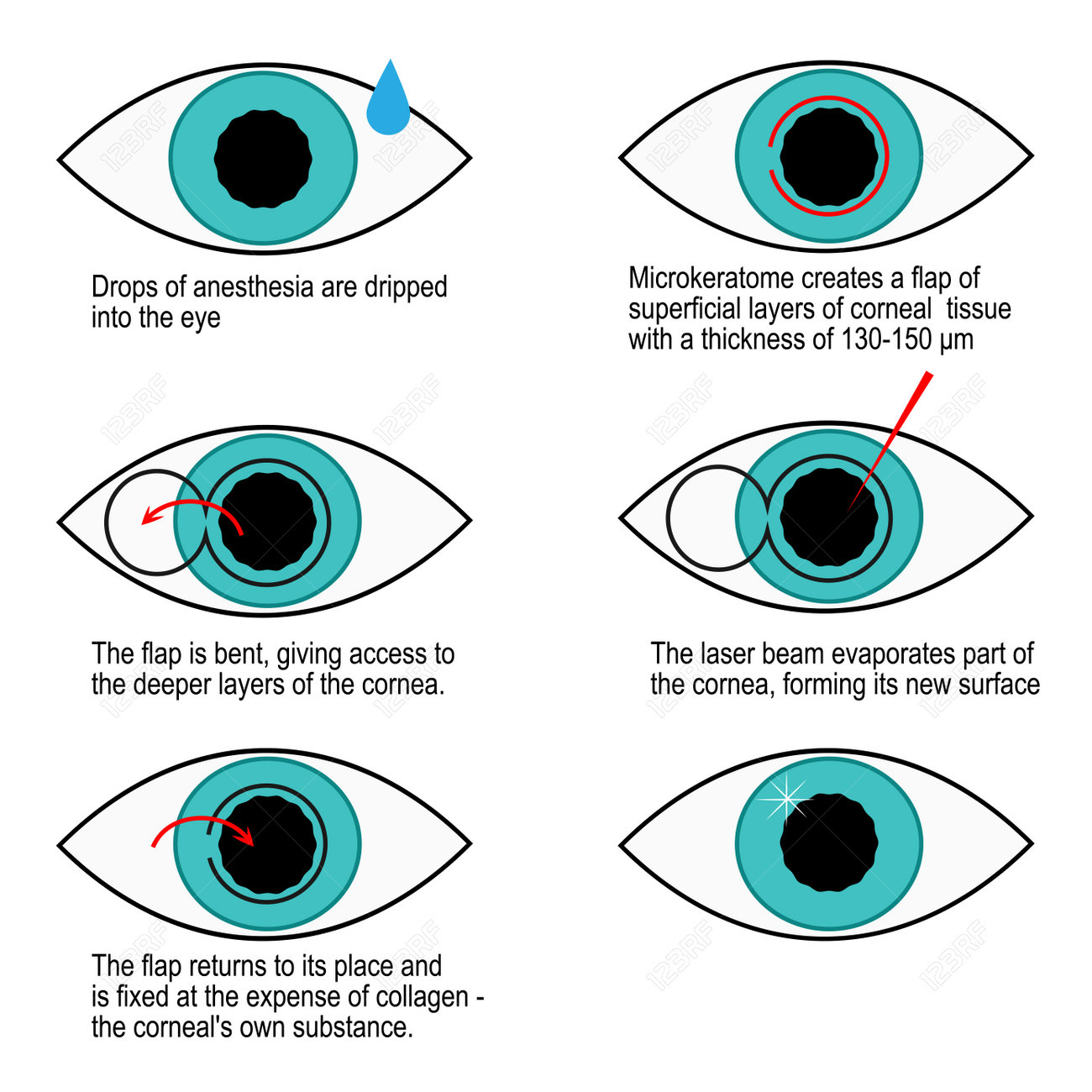If you've been taking into consideration SMILE eye surgical procedure, you might question just how it compares to LASIK and PRK. Each procedure has its very own set of benefits and factors to consider. From quicker healing times to prospective risks, there are essential distinctions you should be aware of prior to deciding. Recognizing these differences will aid you make an educated choice that lines up with your specific demands and assumptions. Curious to recognize more regarding exactly how these treatments contrast thoroughly? Keep discovering to gain a thorough understanding of SMILE, LASIK, and PRK.
SMILE Eye Surgical Procedure Summary
If you're taking into consideration SMILE eye surgery, you'll locate it to be a minimally invasive treatment with a fast recovery time. During SMILE (Small Cut Lenticule Extraction), a laser is used to produce a tiny, exact laceration in the cornea to remove a small item of tissue, improving it to correct your vision. This differs from LASIK, where a flap is produced, and PRK, where the outer layer of the cornea is completely removed.
Among the essential benefits of SMILE is its minimally intrusive nature, resulting in a faster recovery procedure and less discomfort post-surgery. The recovery time for SMILE is relatively quick, with several patients experiencing improved vision within a day or more. cataract surgery astigmatism correction makes it a preferred selection for those looking for a convenient and effective vision correction treatment. In addition, SMILE has been shown to have a reduced risk of dry eye disorder compared to LASIK, making it a beneficial alternative for people concerned regarding this prospective adverse effects.
Differences In Between SMILE, LASIK, and PRK
When contrasting SMILE, LASIK, and PRK eye surgical procedures, it is necessary to recognize the distinct methods utilized in each procedure for vision correction.
SMILE (Tiny Cut Lenticule Removal) is a minimally intrusive treatment that includes producing a small cut to draw out a lenticule from the cornea, reshaping it to fix vision.
LASIK (Laser-Assisted Sitting Keratomileusis) involves creating a slim flap on the cornea, utilizing a laser to improve the underlying tissue, and afterwards rearranging the flap.
PRK (Photorefractive Keratectomy) gets rid of the outer layer of the cornea prior to improving the cells with a laser.
The primary distinction lies in the way the cornea is accessed and treated. SMILE is flapless, making it an excellent alternative for individuals with slim corneas or those associated with get in touch with sports. LASIK offers quick visual healing due to the flap creation, yet it may posture a higher risk of flap-related problems. PRK, although having a much longer recovery period, avoids flap-related concerns entirely.
Comprehending these variances is crucial in picking the most suitable procedure for your vision correction requirements.
Pros and Cons Contrast
To review the advantages and downsides of SMILE, LASIK, and PRK eye surgical procedures, it's essential to take into consideration the specific advantages and prospective restrictions of each procedure. SMILE surgery provides the benefit of a minimally intrusive treatment, with a smaller incision and potentially quicker recovery time compared to LASIK and PRK. It likewise lowers the threat of dry eye post-surgery, an usual negative effects of LASIK. However, SMILE may have limitations in dealing with higher degrees of nearsightedness or astigmatism contrasted to LASIK.
LASIK surgical procedure supplies rapid visual healing and marginal discomfort during the procedure. It's highly effective in dealing with a wide range of refractive errors, including nearsightedness, hyperopia, and astigmatism. Yet, does cataract surgery cause dry eye brings a danger of flap problems, which can affect the corneal structure.
PRK eye surgery, while not as prominent as LASIK, prevents producing a corneal flap, lowering the risk of flap-related issues. Center Eye LASIK Surgery for people with thin corneas or uneven corneal surface areas. Nonetheless, cataract surgery insurance has a much longer healing time and may entail more pain throughout the healing procedure.
Conclusion
So, when it comes to picking between SMILE, LASIK, and PRK, think of it like selecting the best pair of footwear. SMILE is like a streamlined, comfy set of sneakers - fast and simple.
LASIK is more like fashionable high heels - showy and fast, but with some prospective dangers.
PRK resembles strong treking boots - trusted and durable, yet needing a bit more time and effort.
Inevitably, the most effective choice depends upon your private demands and preferences.
